From Da Nang city to Khanh Hoa province, there is no lack of magical moments for tourists to explore in central Vietnam’, with the diverse cuisinea particular standout. Whether at a vendor, a street food stall, or a traditional market, it is easy to find unforgettable dishes in every corner of the region.
While central Vietnam is renowned for dishes such as Quang noodles, rice cake with quail eggs (Banh can), crispy Vietnamese sizzling cake (Banh xeo) and rice with mussels, there is another dish that is less known but has become a part of the culinary life of the people here – Banh dap.
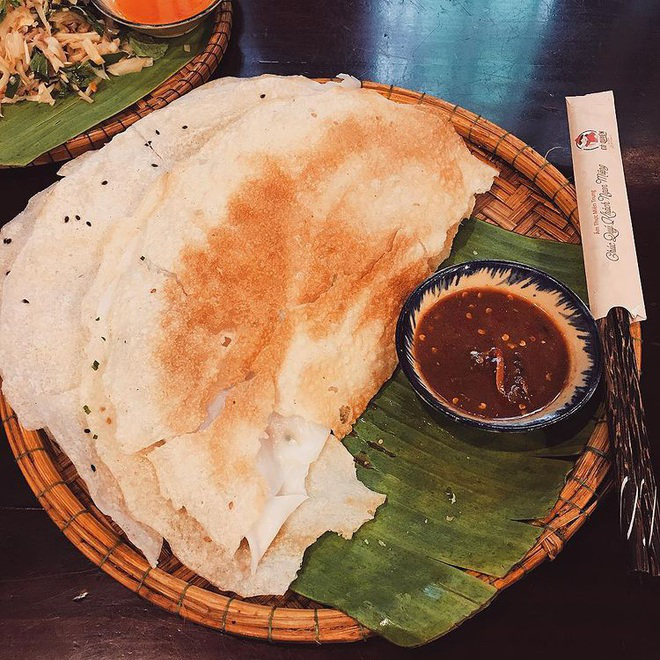 |
| Banh dap – a simple creation of the people from central Vietnam / Dantri |
Banh dap has two major components: soft rice sheets (Banh uot) covered by crispy grilled rice paper (Banh da). The dish gets its name from the way it is eaten. To enjoy banh dap, people must apply the rice paper onto the sheet, beat the paper lightly into smaller pieces with their hands, and dip banh dap in a special sauce.
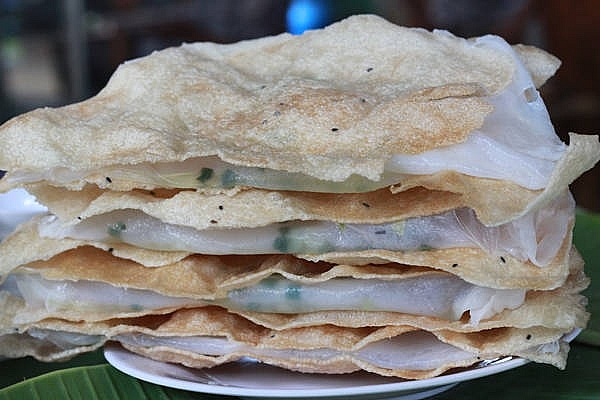 |
|
Banh dap has two layers: Crispy rice papers on the outside and soft rice sheets inside / Ivivu |
Making banh dap is harder than it looks. The rice sheets are made from rice powder. Rice is soaked in water and ground to make rice batter. The ratio between rice and water for the rice batter has to be just right so that the batter is not too diluted or dense. As the chef steam the rice sheets, they must keep stirring the rice batter so the rice sheets can be soft and stringent.
The steam pot to make rice sheets has to be maintained at a suitable temperature. Before pouring the rice batter onto the piece of cloth stretched over the pot, the chef must splash some water over the cloth so the batter will not stick to the cloth. When customers make their orders, the chef begins to pour rice batter on the pot and close the lid. When the rice sheet is ready, after one or two minutes, the chef uses a thin bamboo slat to remove the sheet from the pot.
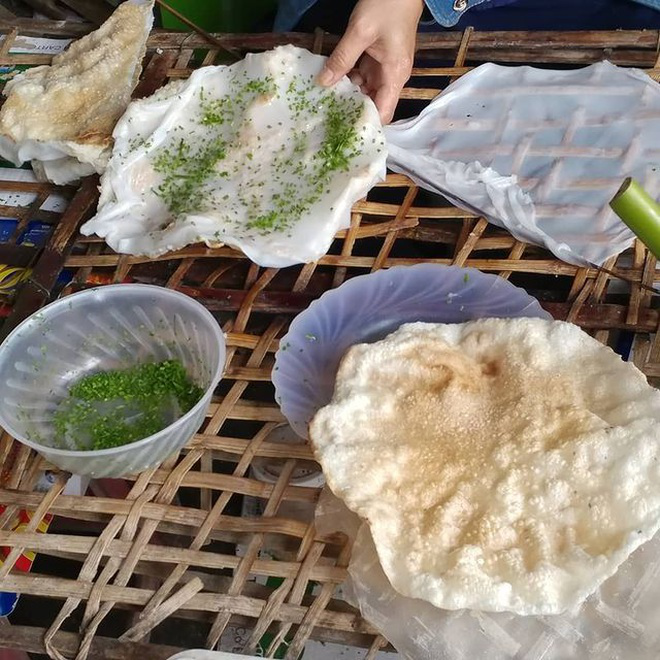 |
| Skill is required to make banh dap /Dantri |
The rice sheet is then applied on a hot, crispy grilled rice paper, added with fillings, then gradually folded.
Depending on local tastes, some areas in central Vietnam use scallions and oil garnish as the fillings, while other areas may use ground pork, sautéed mussels or even eggs to enhance the flavor of the dish.
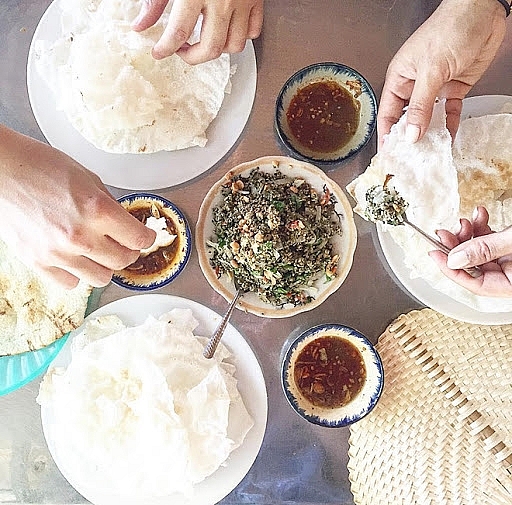 |
| To eat Banh dap, people need to use their hands to beat the cake into smaller pieces. / Travelmag |
To enjoy Banh dap, people need to use their hands to beat the cake lightly into smaller pieces so that the rice paper can stick onto the rice sheet and the cake is easier to eat. Banh dap can be eaten without using chopsticks.
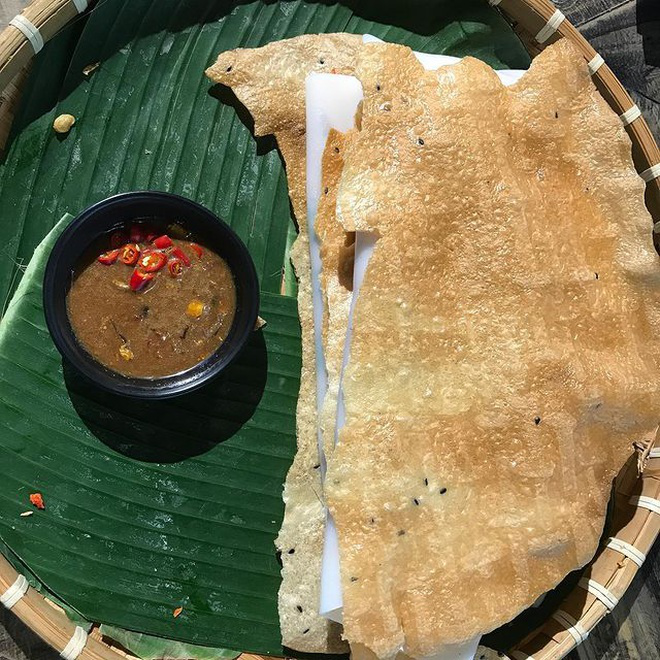 |
| The dipping sauce is a vital component of Banh dap /Dantri |
Painstaking preparation is not the only factor deciding the flavor of banh dap. The dipping sauce is also essential. A good banh dap must first and foremost have the perfect sauce to accompany it.
You can enjoy banh dap with thick, pungent mam nem, a special type of fermented fish sauce, or with sweet and tangy diluted fish sauce. Each type of dipping sauce has its own unique flavors, so you can select the sauce based on your taste.
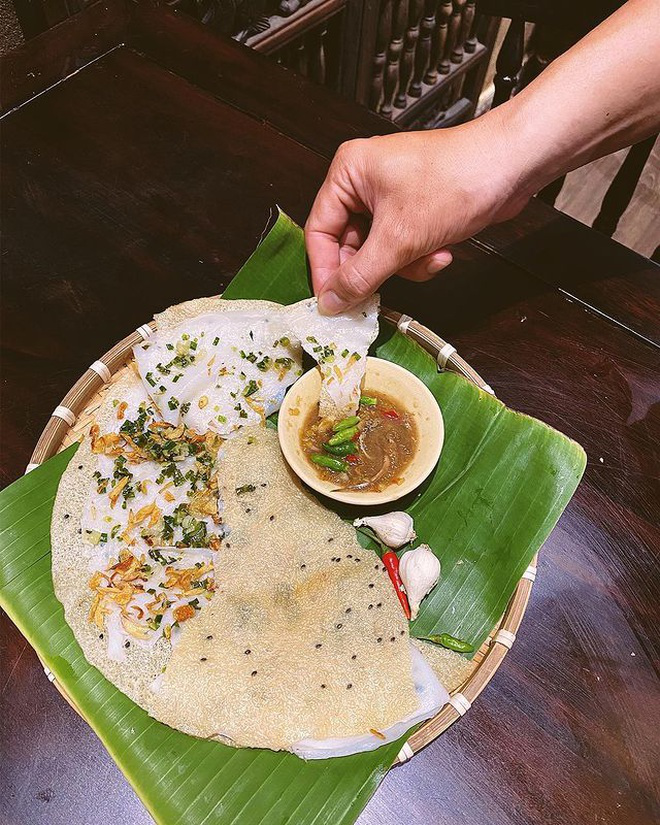 |
| Banh dap is best when served hot/ Dantri |
Banh dap is best when served hot. Only then can you feel the crispiness of the rice paper and the soft, stringent texture of the rice sheets in all their glory. The flavorful fillings combine perfectly with the two cover layers will leave a lasting impression on any person who tries banh dap.
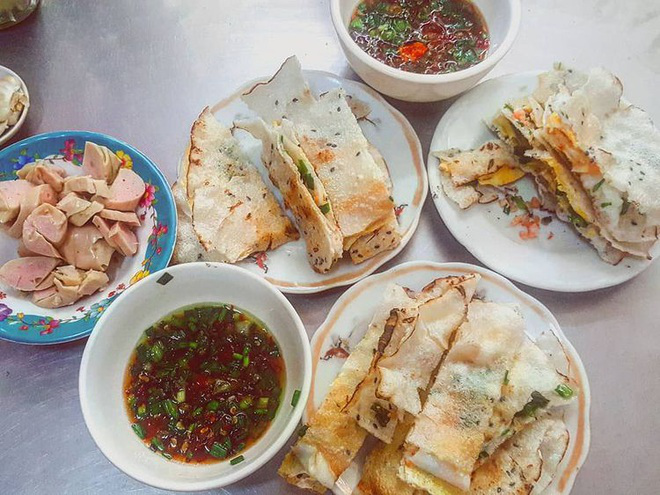 |
| Banh dap is a simple dish that can be enjoyed at any moment. / Dantri |
Visiting central Vietnam, you can easily find banh dap in any street food stalls, vendors or traditional markets in Nha Trang city, Quang Ngai province, or Hoi An.
A portion of Banh dap costs from VND 10,000 to 15,000 (less than a U.S. dollar), depending on the quantities and fillings.



